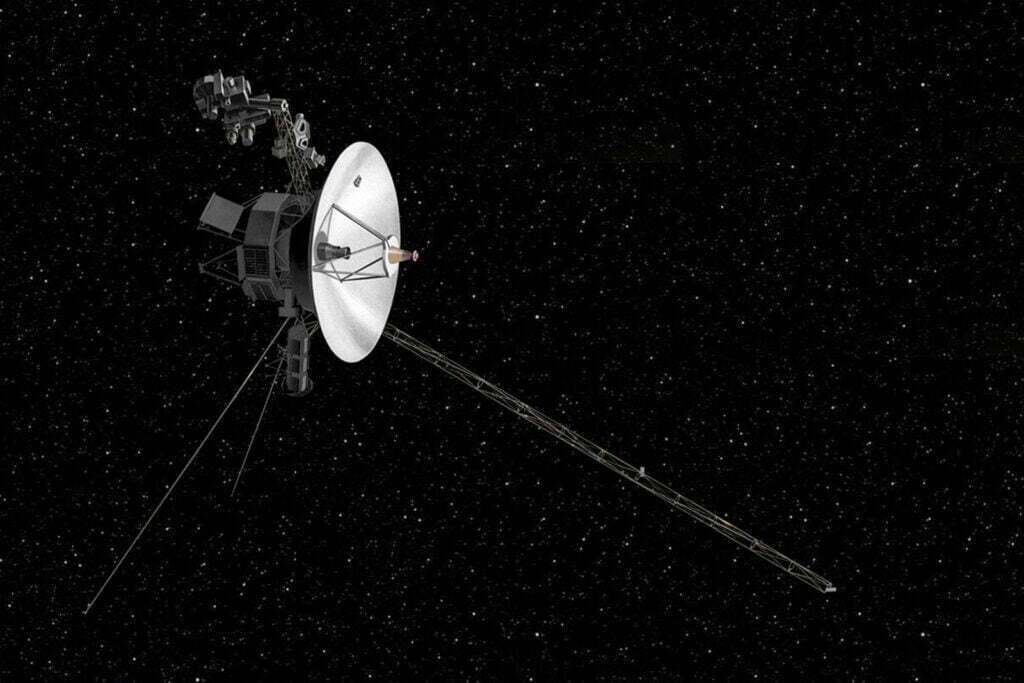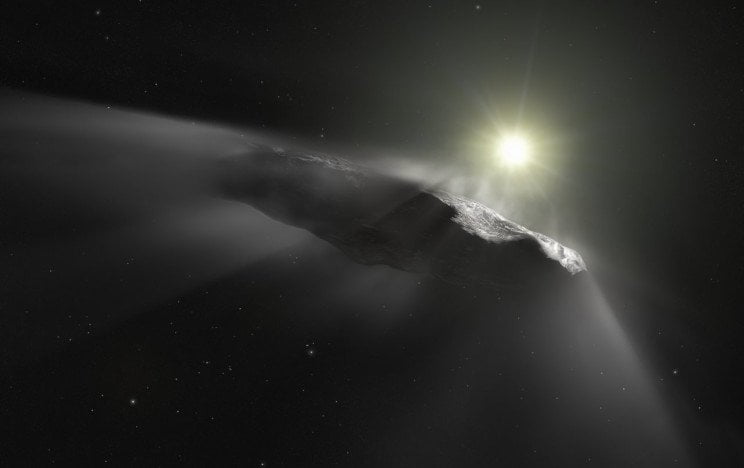The idea of a possible encounter with extraterrestrial beings has fascinated humans for centuries. But apart from the hypotheses of scholars (such as Avi Loeb) and the speculations of artists and science fiction enthusiasts, what could a device, a spacecraft, probes from another galaxy really look like?

It tries to answer this question Graeme Smith. Smith, professor and astronomer at the University of California, USA, argues his observations in an article published inInternational Journal of Astrobiology (I link it here).
Not easy, interstellar travel
A journey of thousands. Maybe millions of years. Then the “catwalk” in our galaxy. It is clear that we would all be amazed if we were one day visited by space probes from a distant civilization.
Smith's study focuses on this scenario. And among his implications there is a rather strange one, at first glance. Which? We may not receive these “visits” in the order in which they were launched. In other words, the very first probe launched by an intelligent civilization could arrive long after subsequent probes.

Probes in reverse order. How is it possible?
The author presents a rather sensible thesis. In essence, the technological capacity and skills of extraterrestrial civilizations that build space probes could (like ours, for that matter) improve over time.
For this reason it is likely that probes launched, say, 10.000 years after the first ones would have more advanced propulsion technologies, which would allow them to arrive at their destination well in advance of those sent in earlier periods.
An example based on our technological growth rate? A hypothetical "terrestrial" probe launched in about 14.000 years could surpass Voyager 2 (launched in 1977) and arrive at distant destinations hundreds of thousands of years earlier.
For this reason, Smith underlines that the first possible "sighting" of an interstellar craft would present us with something extremely sophisticated. Not to a space wreck, now similar to a rock, as it would be First.

Let's take everything with a grain of salt, please
The idea proposed by Smith on how extraterrestrial civilizations (but ultimately also terrestrial ones) could conduct their space exploration programs is interesting. Obviously, however, it must be considered with a certain degree of reservation: for a very simple reason, there are no ways to verify it.
However, this idea is worth exploring. However, it contributes to somehow "preparing" our imagination for possible encounters with extraterrestrial civilizations. It is important to always be prepared for any eventuality, especially if it involves unknown life forms. No?


